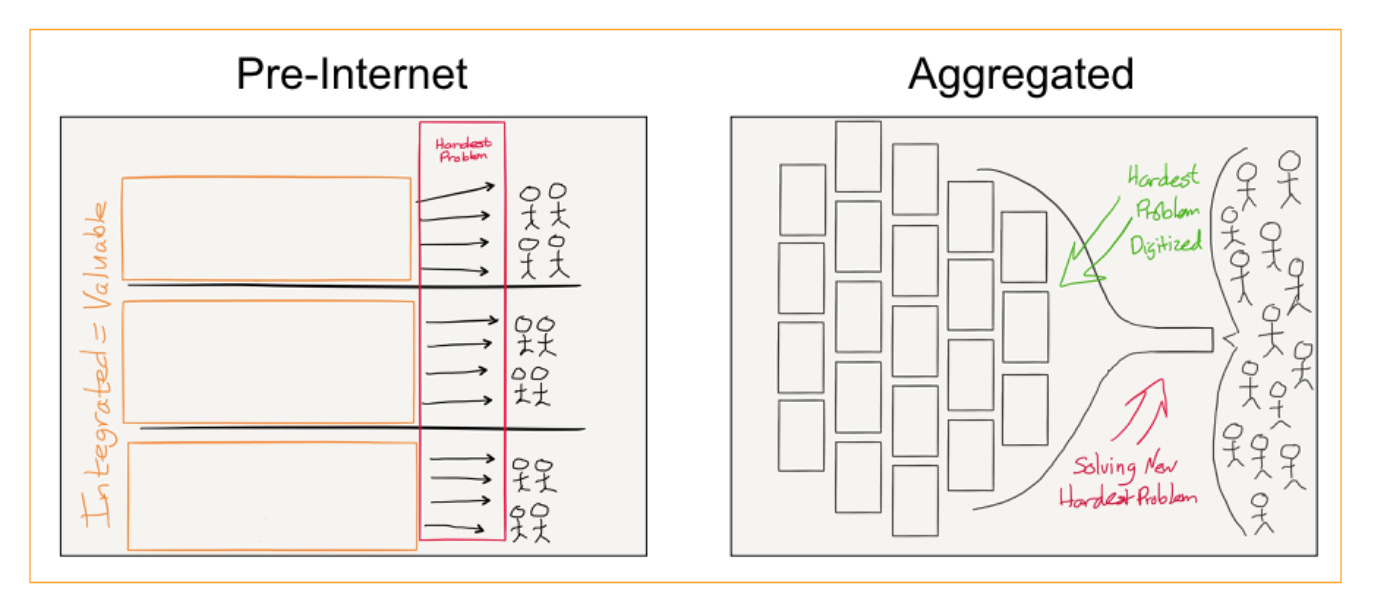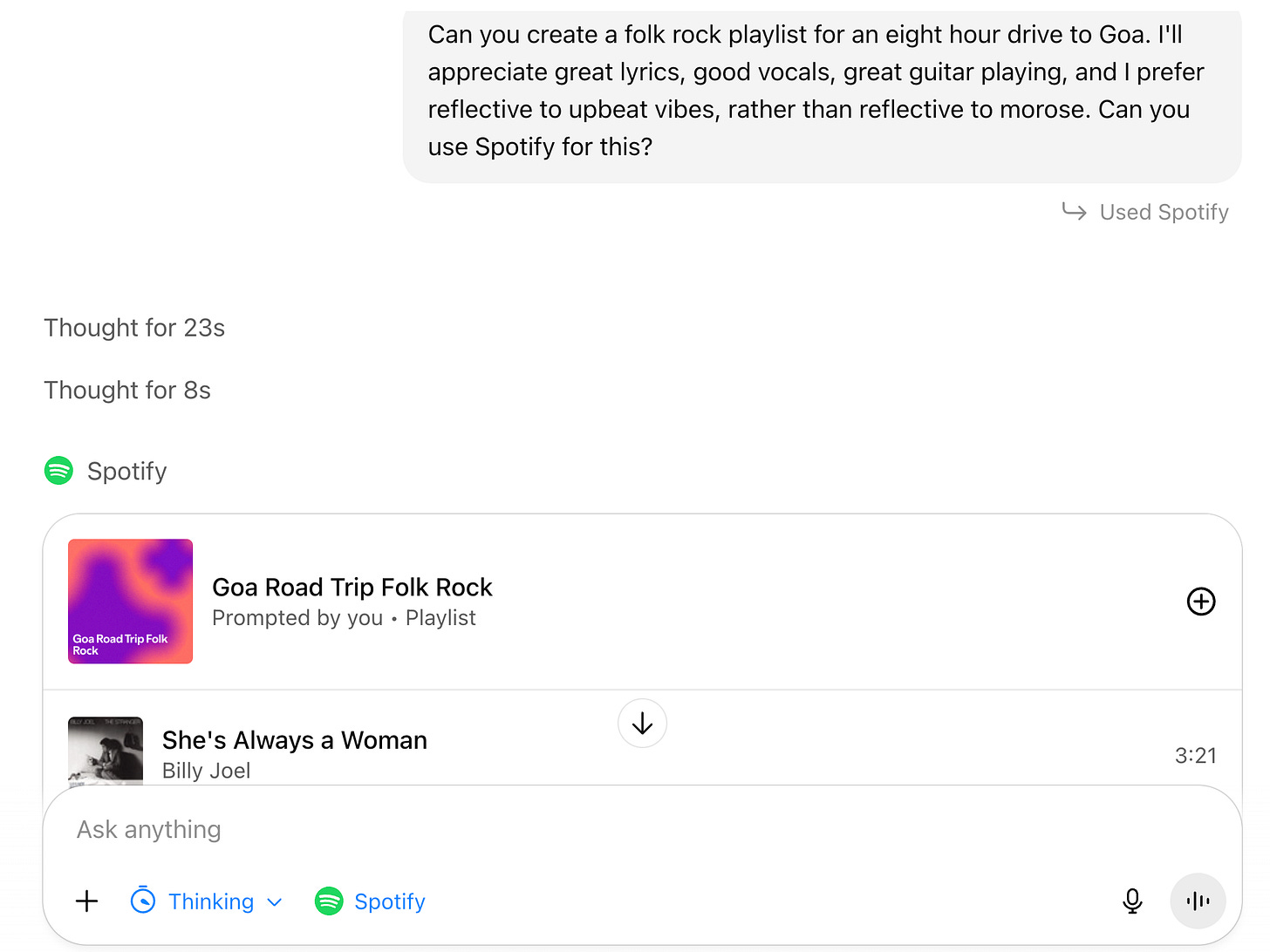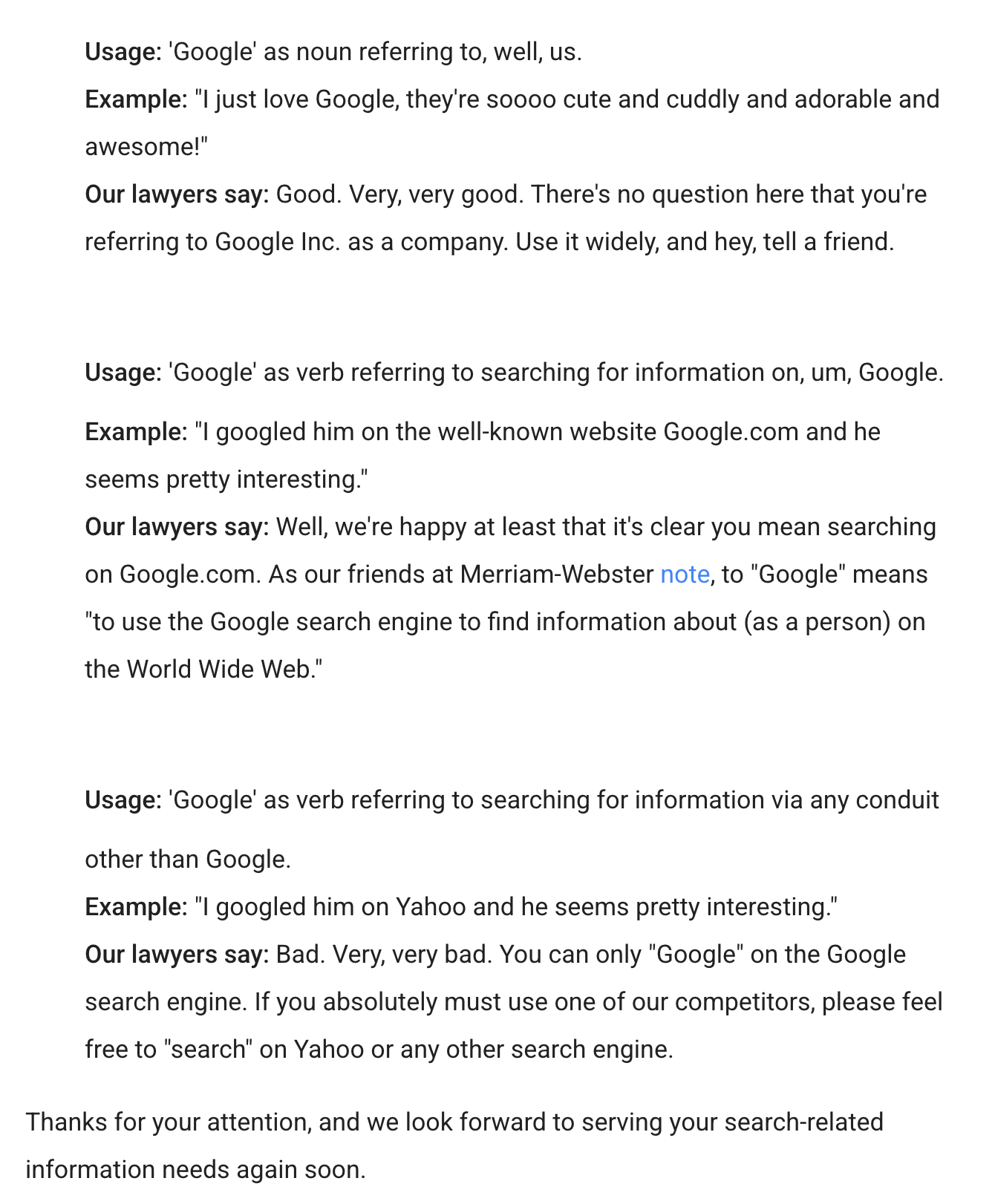The Verbification of ChatGPT
Gentle Warmups
This is one of my favorite diagrams from the previous decade:
The guy who came up with this simple diagram says that there are three parts to a value chain for any consumer market. There are suppliers, there are distributors and there are consumers.
Think about how you read the news back in the 1990’s, for example. A newspaper was delivered to your doorstep, and you read it. Each of the three orange boxes in the panel on the left can represent a news team that worked to produce the newspaper that was your excuse to have a second cup of morning chai. If advertisers wanted to reach most people, they had to print an ad in the newspaper that most people read. Newspapers controlled the supply of news, and therefore charged a premium for the distribution of ads.
Think about how you read the news today. You can access single articles from many different newspapers by searching for them in Google, or have them be shared with you in your Facebook feed. Facebook and Google ensured you don’t have to buy the whole newspaper to read particular articles. Newspapers no longer control the supply of news, and can therefore no longer charge a premium for the distribution of ads.
Guess who the advertisers are paying these days? That’s right, it is Google and Facebook. You can win by being better than everybody else at the game, or you can win by changing the rules of the game. The many articles that Ben Thompson has written on Aggregation Theory helps you understand how firms changed the rules of the game.
Introduction
Next week, we’re off to Goa for a short holiday. We’re driving down from Pune, and this naturally means we have to arrange for music during the drive. How would we have solved this problem if we were in the four previous decades?
In the 1990s we’d have created a mixed tape.
In the 2000s we’d have burnt a couple of CDs.
In the 2010s we’d have made a Spotify playlist.
In the 2000s? Duh:
Curious to see which songs I’ve, er, “chosen”? Here you go.
And it’s not just creating playlists on Spotify. You can also book hotels on Booking.com, create presentations on Canva, learn stuff on Coursera, create diagrams on Figma, or look up real estate listings on Zillow. And there is much more on the way, naturally.
The Verbification of Nouns
Back in 2006, a guy called Michael Krantz wrote a blog post. He started his blogpost with a lovely hook. What is common, he asked, to zippers, baby oil, brassieres and trampolines?
Answer: These were all products that became so popular that these words “slipped from trademarked status into common usage”.
Michael was on the Google Blog team, and the reason he wrote this post was to make sure that Google didn’t suffer from the same fate. The post was an admonishment to all of us, to make sure that we used Google correctly, especially if we were going to use it as a verb:
Quick aside: apparently it was legal in 2006 to write the words “Thanks for your attention” and not have them be followed by “to this matter”. What weirdos!
But verbification is very much a cultural phenomenon at heart, and the megaultraprogargantuazillion bet that ChatGPT is making right now is that it will make moves today that allow us to just ChatGPT everything in the near future.
You want to make playlists? Draw diagrams? Book Ubers? Watch a movie? Hell, you want to make a movie? Just ChatGPT it baby, we got your back!
My friend Deepak Gopalkrishnan has a nice post on the imminent verbification of ChatGPT and what it means for all of us, and you should go read it:
In this era, I feel the brand becomes more important than ever before. Imagine you are booking a hotel. In the old times you would just type in ‘hotels in Bangalore’ or some such into Google and navigate based on what caught your fancy. If you’re prompting, you have to explicitly mention what comes to mind wrt hotels - be it Booking, Airbnb, or whatever else. I’ve always thought of a strong brand as SEO5 for the mind, and this feels like a manifestation of that. Existing services will have to do a lot of brand work so customers recall them while prompting.
But Hang On, Now That I Think About It…
Upon reflection, though, I had some questions1:
What if you don’t explicitly mention what comes to mind wrt hotels? Which service does ChatGPT call? Booking, Expedia, Agoda or MakeMyTrip? And why?
What if all of these services have agreed to play in ChatGPT’s sandbox? Which will be chosen first, and which will be featured more prominently2?
What if Gemini and Claude also develop their own sandboxes? Do these poor little services have to choose to play in each sandbox? Or will services develop partnerships with individual sandboxes? Or will services attempt to build their own little sandboxes3?
Will governments tap the AI labs on the shoulder and say “Now just hang on a second?” Or will they tell services that they cannot play in these sandboxes at all? Will governments do the right thing for the AI labs, for the businesses or for consumers? What is even the right thing for each of them4? How do we decide?
Homework
Upload this blogpost into your LLM of choice (hehehe) and start by asking it the following questions:
What does this blog post have to do with Porter’s Five Forces model?
Who is Joel Spolsky, and why is “commoditize your complements” such a crucial phrase for this blog post?
Isn’t Google best placed to do what ChatGPT is doing, and why hasn’t Google done it yet?
How is Apple likely to play this game?
Based on what you know about me, prepare a customized ELI5 of this blog post
This goes without saying, but don’t stop there! Ask it (and me, if you like) lots of follow-up questions.
Of course I had questions. Duh.
Incentives matter
Good luck with that
Mandate that the service that was used to complete the request be revealed, and also reveal whether there is a commercial tie-up between the service and the AI Lab in question maybe? Or ensure that consumer’s preferences (learned and implicit) are portable across AI labs? Both, or something else altogether?





I don't know enough about AI agents to know how they are accessing the services on the internet. If they are calling APIs, can't the companies restrict access to their APIs?
I suppose companies would like to be paid when they get called from inside these LLM environments or they would pay to be called first if the prompt uses a general term for the service. It will be interesting to see how this plays out.
Sorry but how do you do this? It only gives me a CSV files of tracks that I am supposed to search on spotify and make a playlist.